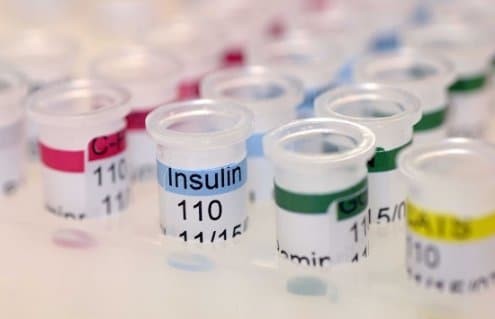During the early 1970s, people with diabetes received insulin produced by pigs and cattle. It was the only option, and produced many side effects, such as allergic reactions. When the scientists of the City of Hope National Medical Center and Genentech Inc. successfully created human insulin in laboratory conditions, it marked a new era in the history of microbiology and pharmacy.
Since then, synthetic insulin has been produced on a commercial scale and has become the primary treatment regime for diabetes.
What is synthetic insulin made of?
All hormones are protein molecules that are formed by linking amino acids. Insulin is one such hormone that contains two unique amino acid chains, A and B. To produce proteins by the cells of the body, the message from the genes must be decrypted. The DNA does this process in the cells.
Scientists were able to artificially synthesize the gene to produce the amino acids required to produce insulin. This synthetic gene was then stitched to external DNA rings known as plasmids. The plasmids are commonly seen as additional DNA material in bacteria. One such bacteria is Escherichia coli. This process is known as recombinant DNA technology, where two different sets of DNAs are attached.
Once the new plasmid is synthesized, it is introduced into E. coli. The E. coli used in this process is not the strain that causes diarrhea in humans. A different strain, which is known as benign E. coli, is used.
Once the plasmid is introduced to the bacteria, it activates and begins producing amino acids A and B. When enough of each are created, they are isolated from the bacterial cells in their pure form. These two chains are then combined to form what is known as synthetic insulin.



